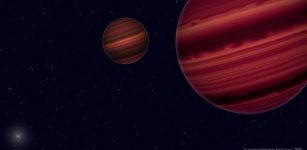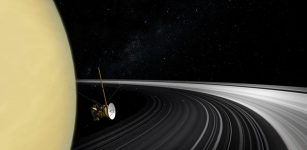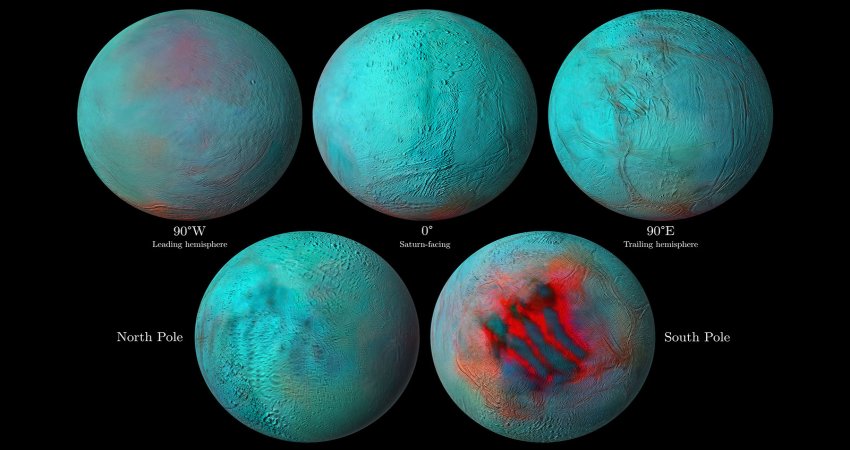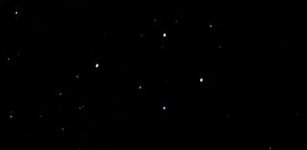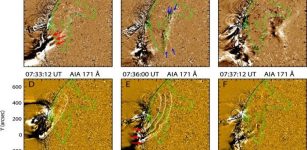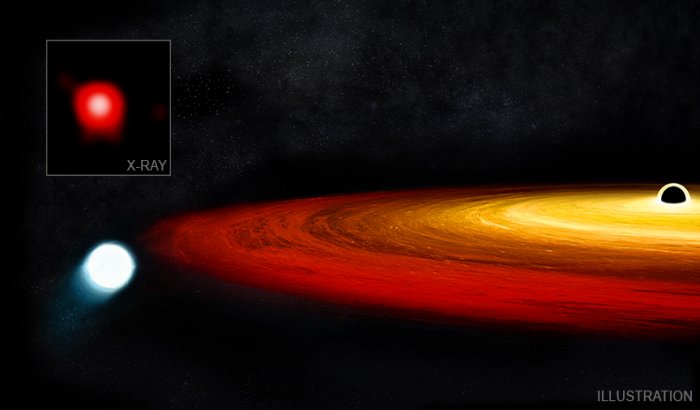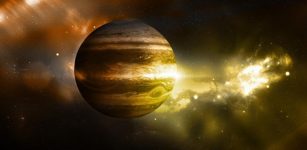Uncovering Mystery Of Dimming Star Betelgeuse – A Dust Cloud May Be Responsible
Eddie Gonzales Jr. – MessageToEagle.com – New observations by the NASA/ESA Hubble Space Telescope suggest that the unexpected dimming of the supergiant star Betelgeuse was most likely caused by an immense amount of hot material ejected into space, forming a dust cloud that blocked starlight coming from Betelgeuse’s surface.
Artist’s impression of the red supergiant star Betelgeuse. This four-panel graphic illustrates how the southern region of the rapidly evolving, bright red supergiant star Betelgeuse may have suddenly become fainter for several months during late 2019 and early 2020. In the first two panels, as seen in ultraviolet light with the Hubble Space Telescope, a bright, hot blob of plasma is ejected from the emergence of a huge convection cell on the star’s surface. In panel three, the outflowing expelled gas rapidly expands outward. It cools to form an enormous cloud of obscuring dust grains. The final panel reveals the huge dust cloud blocking the light (as seen from Earth) from a quarter of the star’s surface. Credit: NASA, ESA, and E. Wheatley (STScI).
Betelgeuse is an aging, red supergiant star that has swelled in size as a result of complex, evolving changes in the nuclear fusion processes in its core. The star is so large that if it replaced the Sun at the center of our Solar System, its outer surface would extend past the orbit of Jupiter. The unprecedented phenomenon of Betelgeuse’s great dimming, eventually noticeable to even the naked eye, began in October 2019. By mid-February 2020, the brightness of this monster star had dropped by more than a factor of three.
This sudden dimming has mystified astronomers, who sought to develop theories to account for the abrupt change. Thanks to new Hubble observations, a team of researchers now suggest that a dust cloud formed when superhot plasma was unleashed from an upwelling of a large convection cell on the star’s surface and passed through the hot atmosphere to the colder outer layers, where it cooled and formed dust.
The resulting cloud blocked light from about a quarter of the star’s surface, beginning in late 2019. By April 2020, the star had returned to its normal brightness.
Several months of Hubble’s ultraviolet-light spectroscopic observations of Betelgeuse, beginning in January 2019, produced an insightful timeline leading up to the star’s dimming. These observations provided important new clues to the mechanism behind the dimming. Hubble saw dense, heated material moving through the star’s atmosphere in September, October, and November 2019. Then, in December, several ground-based telescopes observed the star decreasing in brightness in its southern hemisphere.
“With Hubble, we see the material as it left the star’s visible surface and moved out through the atmosphere before the dust formed that caused the star to appear to dim,” said lead researcher Andrea Dupree, associate director of The Center for Astrophysics | Harvard & Smithsonian. “We could see the effect of a dense, hot region in the southeast part of the star moving outward.”
This material was two to four times more luminous than the star’s normal brightness,” she continued. “And then, about a month later, the southern hemisphere of Betelgeuse dimmed conspicuously as the star grew fainter. We think it is possible that a dark cloud resulted from the outflow that Hubble detected. Only Hubble gives us this evidence of what led up to the dimming.”
The team began using Hubble early last year to analyze the massive star. Their observations are part of a three-year Hubble study to monitor variations in the star’s outer atmosphere.
The telescope’s sensitivity to ultraviolet light allowed researchers to probe the layers above the star’s surface, which are so hot that they emit mostly in the ultraviolet region of the spectrum and are not seen in visible light. These layers are heated partly by the star’s turbulent convection cells bubbling up to the surface.
“Spatially resolving a stellar surface is only possible in favorable cases and only with the best available equipment,” said Klaus Strassmeier of the Leibniz Institute for Astrophysics Potsdam (AIP) in Germany. “In that respect, Betelgeuse and Hubble are made for each other.
Written by Eddie Gonzales Jr. – MessageToEagle.com Staff Writer


